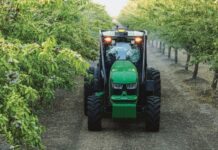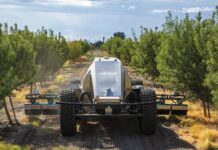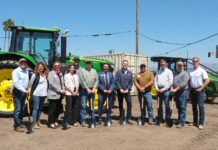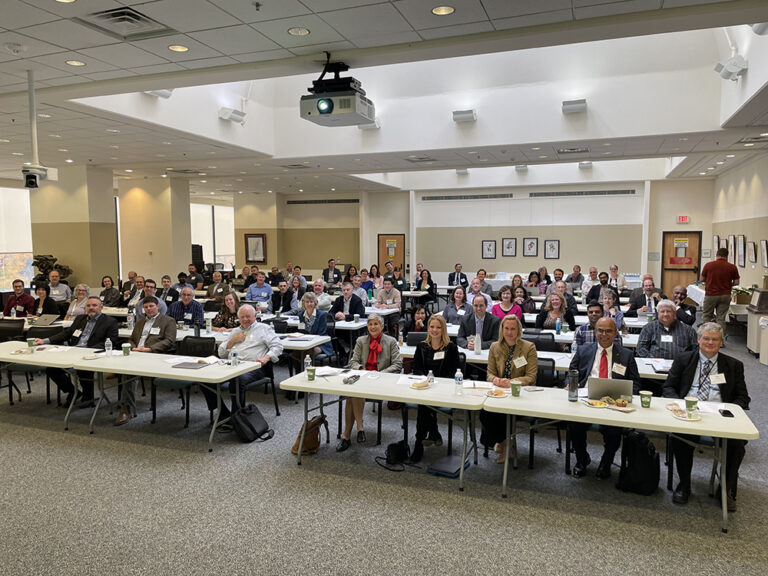
Have you ever wondered how research gets started? Or how researchers know which issues to tackle that will make the biggest difference to industry? One way is through direct engagement with industry stakeholders.
One of the most effective ways the National Grape Research Alliance (NGRA) advances the research needs of the grape and wine industry is through our close working relationship with USDA-ARS. ARS is USDA’s in-house scientific agency. It employs about 2,000 scientists in research units across the nation. Of its $1.7 billion budget (FY23), ARS commits roughly $25 million to grape research, often with input from NGRA stakeholders.
NGRA is a nonprofit membership organization that seeks to catalyze research that benefits all sectors and regions of the American grape and wine industry, spanning wine, table grapes, juice and raisins nationwide. We connect industry, academic scientists and state and federal research agencies (like ARS) to initiate novel research projects and programs to solve industry challenges. Since our founding in 2005, we’ve been instrumental in securing $65 million in funding for scientific solutions to grape and wine industry issues.
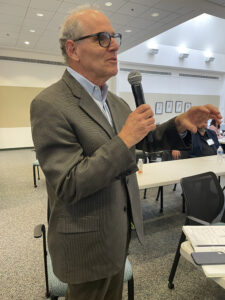
To ARS, NGRA serves as a unified industry voice to help guide the effective application of its scientific resources in support of grape research. Since 2005, NGRA and ARS have co-produced a Grape Industry Workshop every two to five years, in alignment with the five-year cycle for the agency’s research programs. And our last one, held last fall, was our most impactful yet. It went beyond the usual conference proceedings to actually launch new research.
On Nov. 7-8, 2023, at the USDA’s National Agricultural Library in Beltsville, Md., 30 members of NGRA, representing all grape sectors and regions of the U.S., gathered with 50 ARS scientists (many among ARS’ most decorated) and senior leaders, including Administrator Simon Liu and Under Secretary for Research, Education and Economics Chavonda Jacobs-Young, who is also USDA’s chief scientist. Representatives from other federal research funding agencies, including the National Science Foundation and Foundation for Food and Agriculture Research, attended, too.
On the first of a two-day agenda, NGRA Research Chair Nick Dokoozlian presented NGRA’s research themes and priorities, which were updated earlier in 2023. Then ARS scientists presented their research programs, arranged in sessions based on NGRA’s research theme areas: genetics and grapevine improvement, integrated production systems, natural resources and environment, plus several emerging industry hot topics like spotted lanternfly. While most of the talks centered on viticulture, some provided insights from other agricultural sciences, such as corn genetics, tomato breeding, climate and soil science, AI and pheromone-based detection methods for the commercial table egg industry, that could hold some relevance to grape-related issues.
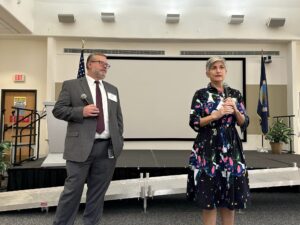
A brainstorming exercise on Day Two broke attendees into breakout groups to identify, based on the Day One download, priority research that ARS could lead or support. By day’s end, the three most compelling project concepts were selected to receive NGRA Research Fund planning grants. These funds will enable project participants, including scientific collaborators and industry advisors, to hold an in-person planning meeting to hone concepts into highly relevant, outcomes-focused research project proposals. The winning project concepts and their related NGRA research theme areas were:
- Natural Resources and Environment
Climate Change Mitigation & Adaptation: A Predictive Analysis for the Grape and Wine Industry - Integrated Production Systems
Mealybug Detection and Mating Disruption 2.0 - Genetics and Grapevine Improvement
The Genetics of Production Efficiency
In the months since the ARS Workshop, all three project teams have met continuously to refine the research. In addition to helping to target the projects to relevant grant programs for funding, we’ve been working to develop laser-focused objectives and deliverables, identify and invite scientific collaborators including from other land-grant universities and other research institutions across the country, and build in robust extension activities to ensure the results reach industry stakeholders. Our goal is to have each project polished to grant-application perfection by the end of 2024 (assuming the right funding opportunities fit that timeline).
We’re proud of our close association with USDA-ARS and thankful for their continued engagement in our joint Grape Industry Workshop. The relationship-building and research exchange achieved there are always invaluable. But this year, with the launch of new, needed research coming as a tangible result, it was a workshop to remember. It was an exciting two days, and we (and grape and wine industry at large) will be reaping the rewards for years to come.
Donnell Brown has served as President of the National Grape Research Alliance since 2017. Learn more about NGRA at graperesearch.org.









